Category: Robotics
-

Tiny, ingestible robot can deliver medicine, patch wounds, remove objects
Daniela Rus and MIT, University of Sheffield, and Tokyo Institute of Technology colleagues have developed an ingestible origami robot designed to patch wounds, deliver medicine or remove foreign objects from a person’s stomach. The tiny robot, made of pig intestines, can unfold itself from a swallowed capsule. Steered by a doctor using external magnetic fields, the “microsurgeon”…
-
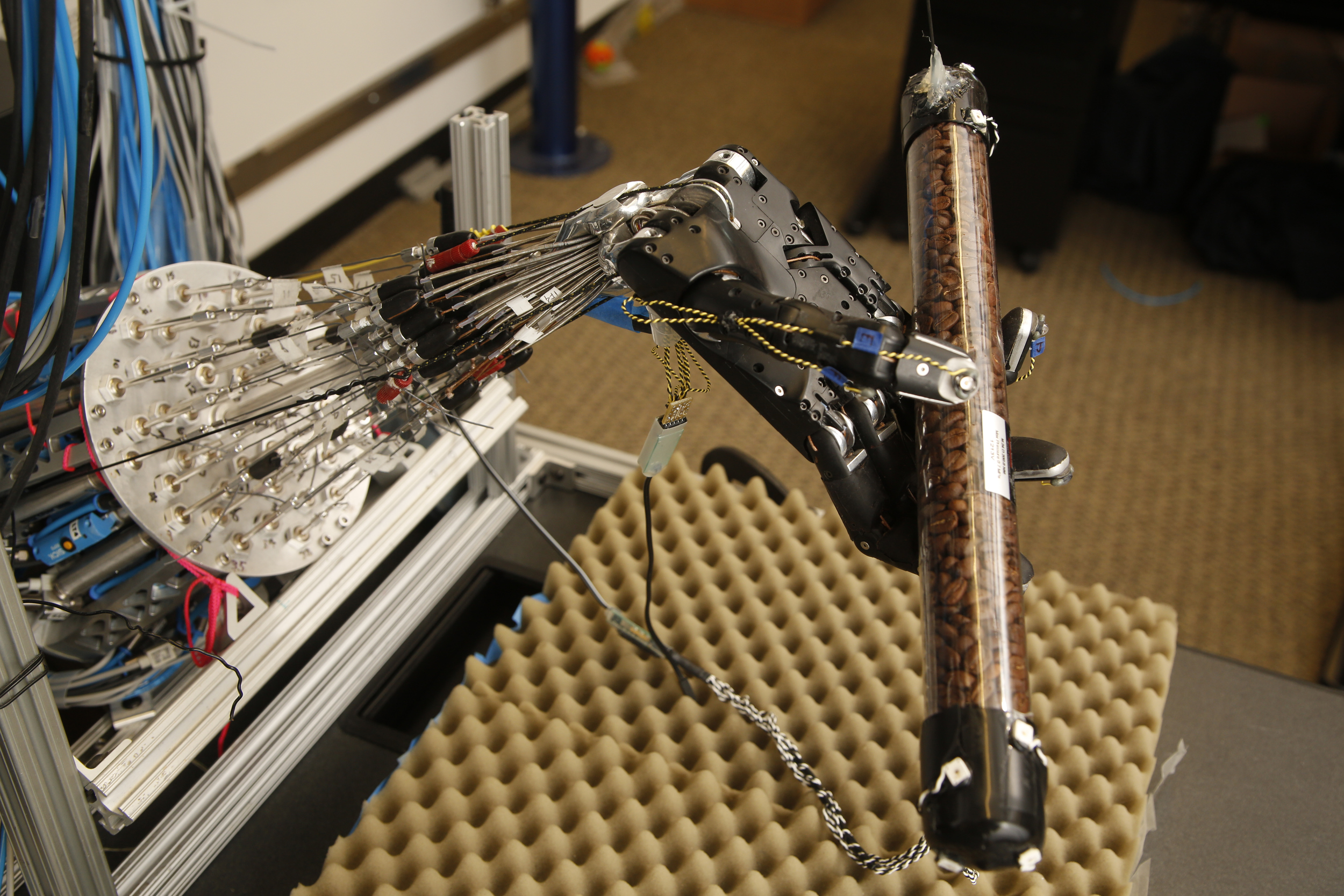
Machine learning model enables robotic hand to learn autonomously
Vikash Kumar and University of Washington colleagues have developed a simulation model that allows robotic hands to learn from their own experiences, while performing dexterous manipulation. Human direction is not required. A recent study incorporated the model while a robotic hand attempted several tasks, including rotating an elongated object. With each try, the hand became…
-

Voice, image,language identifying robot responds to human dialogue
Hitachi’s EMIEW3 robot, designed to provide customer service in commercial environments, could be an ideal companion for the elderly or disabled. Its “remote brain” allows it to identify voices, images and language in its surroundings (which it can process with background street noise). AI enables it to respond to human dialogue and avoid collisions. It is light enough to…
-
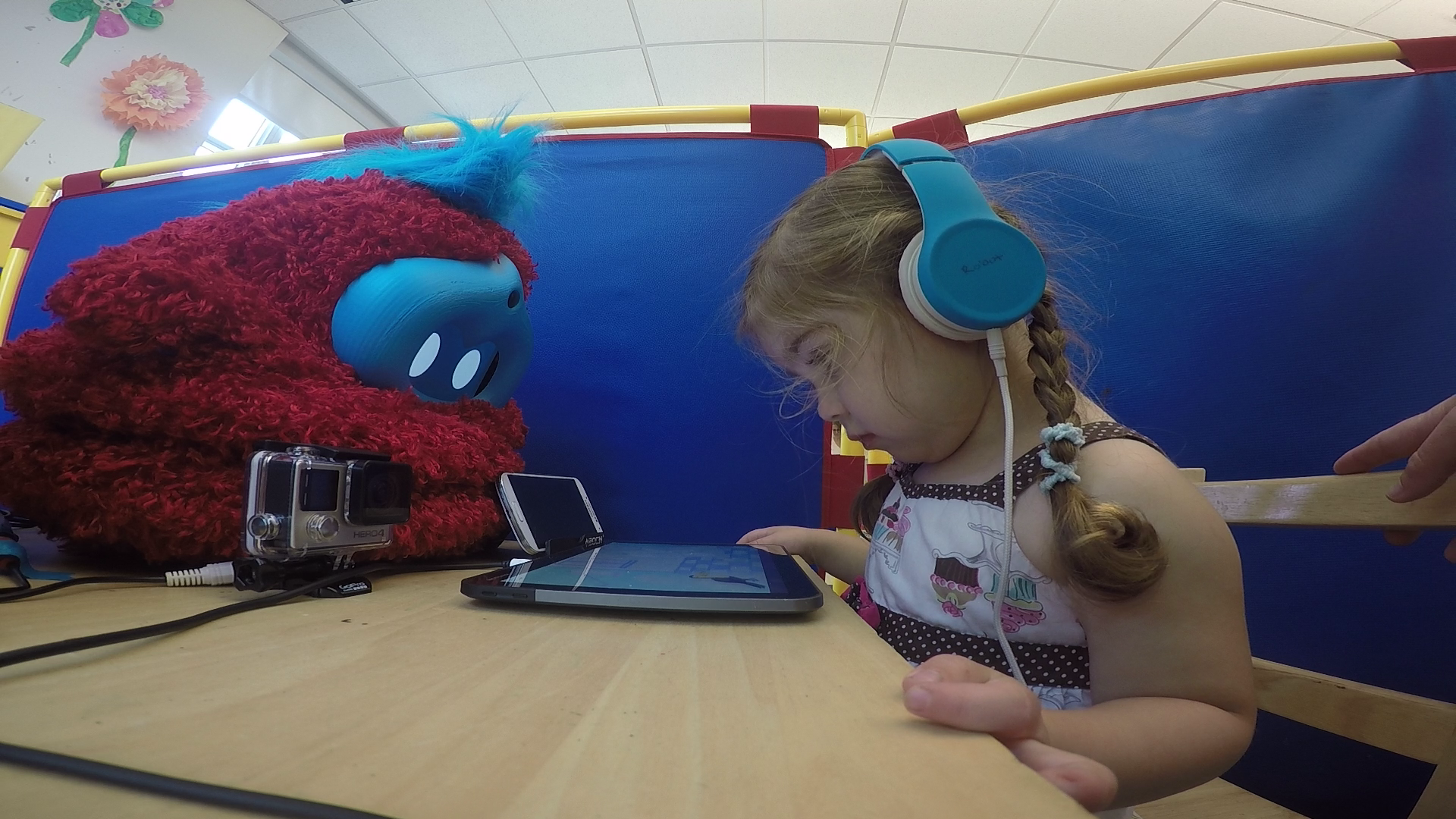
“Socially assistive” robot helps children learn
Tega is a “socially assistive” robot that senses the emotional state of a learner, and based on those cues, creates a personalized motivational strategy. It was developed by Cynthia Breazeal at MIT to enable long-term educational interactions with children. It uses an AFFDEX Android device with emotion/facial expression recognition software by Rosalind Picard‘s Affectiva, to process movement,…
-
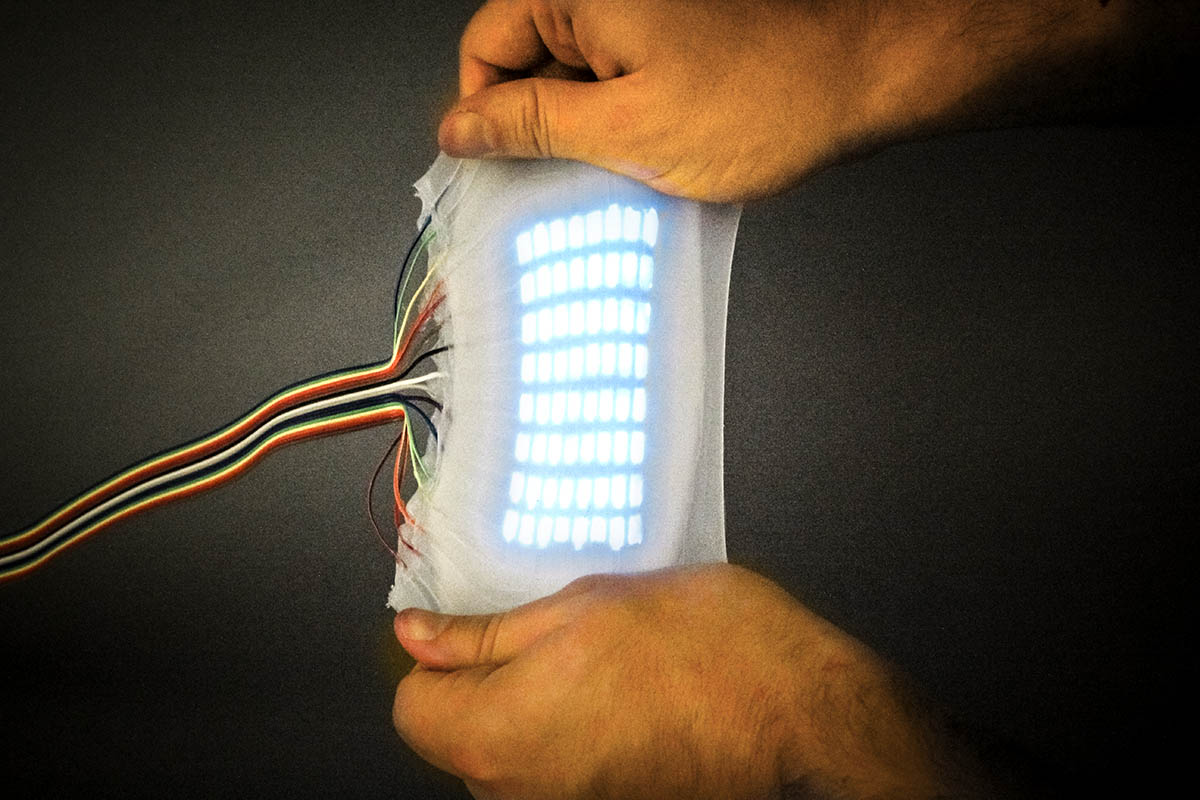
Stretchable robot “skin” can display health data
Robert Shepherd and Cornell colleagues have developed an electroluminescent “skin” that stretches to more than six times its original size while emitting light. This could be used for soft robots that move more naturally, and dynamically display information, include health data. The Cornell press release invites us to imagine “a health care robot that displays a patient’s temperature…
-

Modular exoskeleton adjusts to user’s height, ability
SuitX is a modular, adjustable exoskeleton that adapts to a user’s height or disability. For example, it can assist only one leg if the other does not require help. It was developed by Berkeley professor Homayoon Kazerooni. As with other exoskeletons, it allow users to move their hips and knees with small motors attached to orthotics. …
-
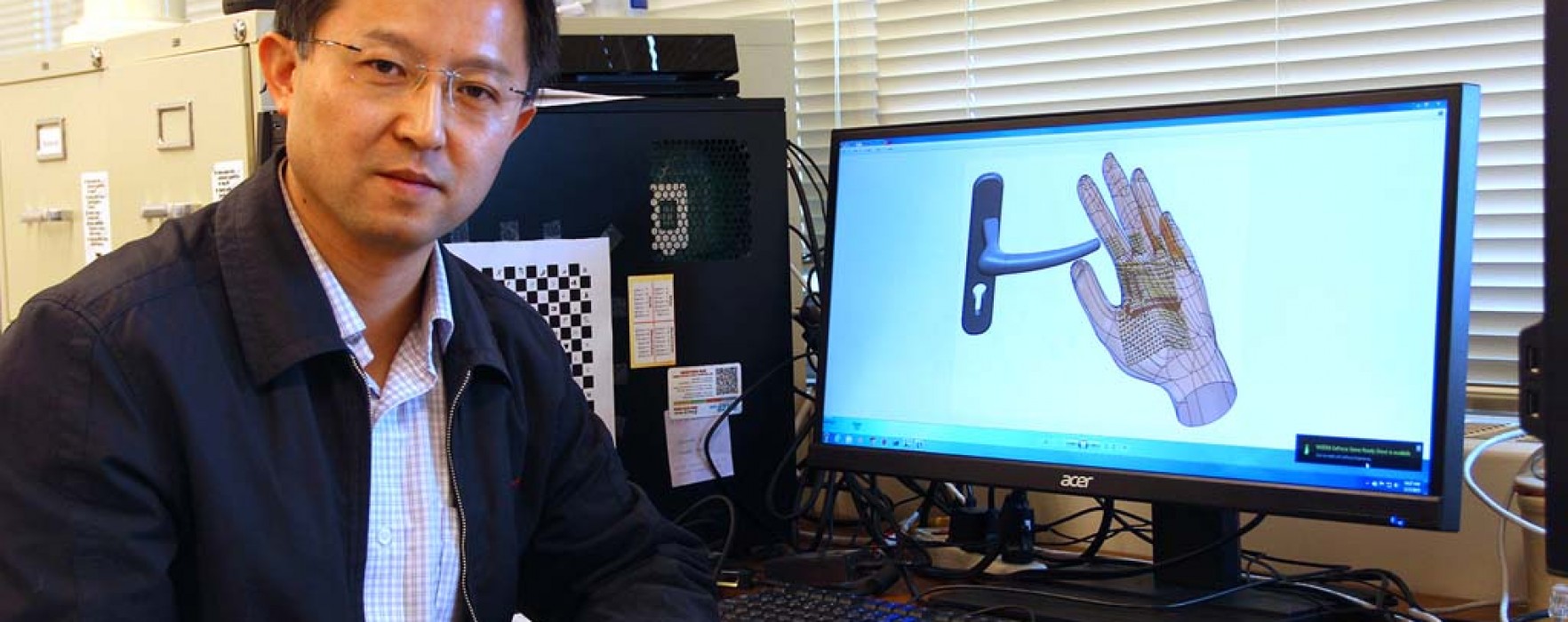
Robotic “glove” helps sight-impaired navigate, sense, grab objects
University of Nevada’s Yantao Shen is developing a hand-worn robotic device to help blind and sight impaired people navigate around obstacles, or locate, sense and grasp objects. Examples include picking up a glass or operating a door handle. The technology combines vision, tactile, force, temperature and audio sensors. According to Shen: “The visual sensors, very high…
-
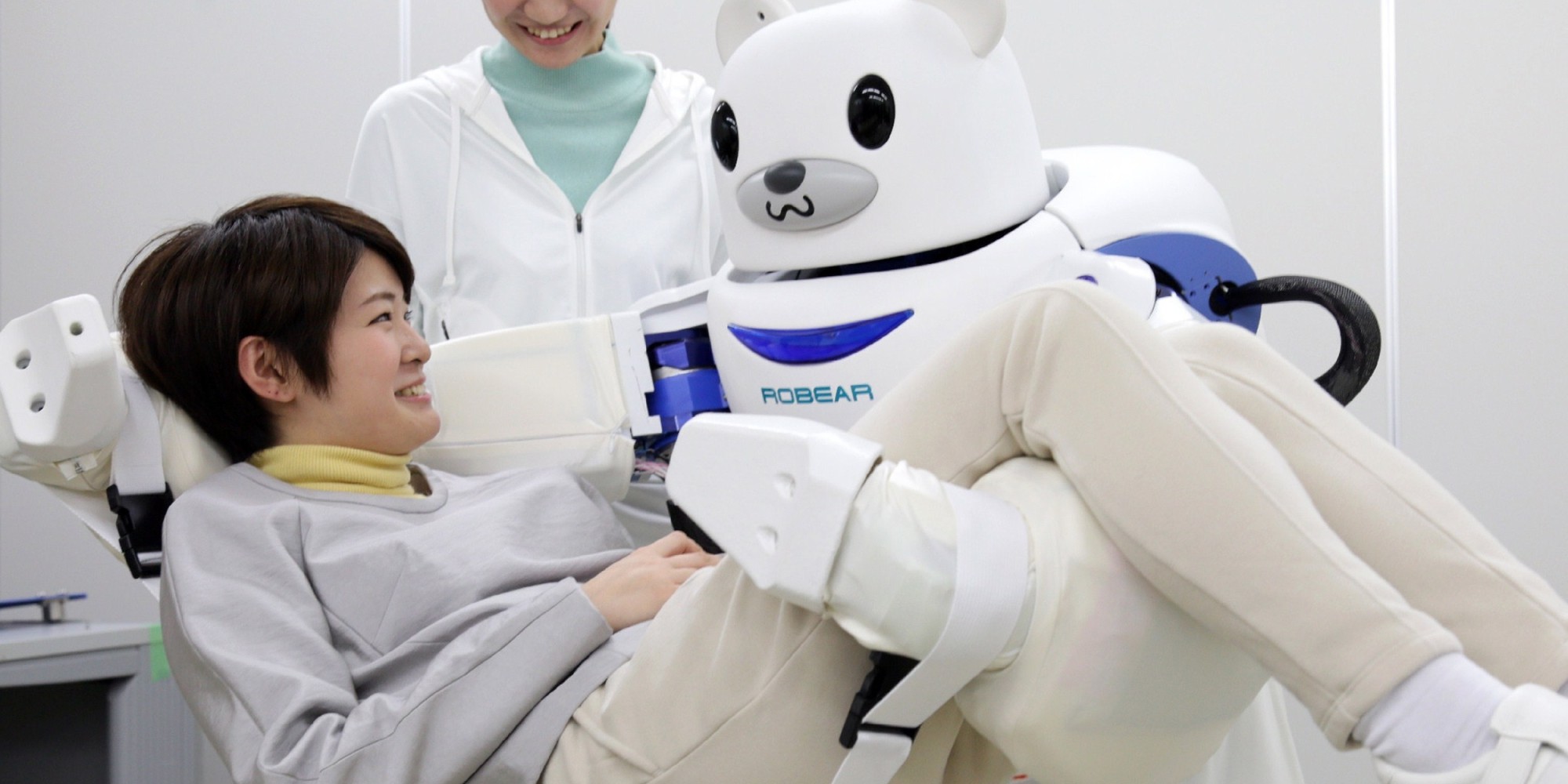
Senior robots perform tasks, respond to emergencies
Robots can help seniors age in place. Following are examples of robots that perform tasks, communicate, and notify loved ones in emergencies. Toyota’s Human Support Robot program’s current robot prototype is compact and highly maneuverable, with a folding arm which can pick up objects off the floor, and bring things down from shelves, among other…
-

Robot leads senior fitness classes, corrects participant form
Robocoach uses motion-sensor technology to coach seniors during exercise classes. Created by Ngee Ann Polytechnic student Lim Pei Xuan, the robot has blue eyes and two teeth, and mimics human movements, Voices are recognized, including instructions to start the session. In large group workouts, the pace is slowed, to ensure that everyone can keep up. Robocoach…
-
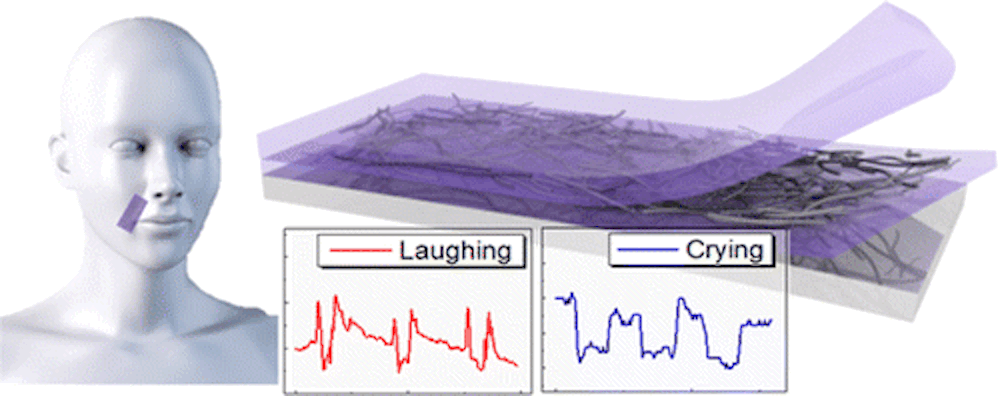
Robot sensor reads facial expressions to determine emotions
Sungkyunkwan University‘s Nae-Eung Lee has created a stretchable, transparent sensor that helps robots read facial expressions. It senses smiling, frowning, brow-furrowing and eye-rolling. The robot then detects movements, including slight changes in gaze, to determine whether people are laughing or crying, and where they are looking. The ultra-sensitive, wearable sensor layers a carbon nanotube film on two types of…
-

Robot helps build social skills in autistic kids
Milo by RoboKind is a humanoid robot designed to engage and build social skills in children with autism. It is used with the company’s Robots4Autism curriculum which includes conversation, social situation, and emotional understanding modules. Milo is 2 feet tall, with a childlike voice and facial features. Its arms move and facial expression change. Sensors gauge eye contact, which is…
-

Tiny robotic gripper for cancer diagnostics, remote surgery
Johns Hopkins professor David Gracias has created a tiny, flexible, microscopic, robotic, hand-like hydrogel gripper that could help doctors perform remotely guided surgical procedures and biopsies. He believes that the materials could also, in the future, deliver therapeutic drugs to difficult to reach places. The hydrogel can swell in response to changes in temperature, acidity or light, providing…